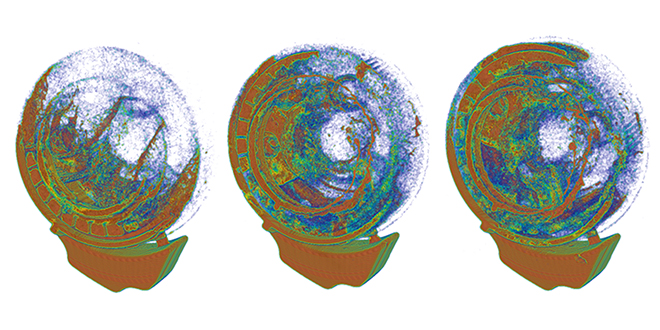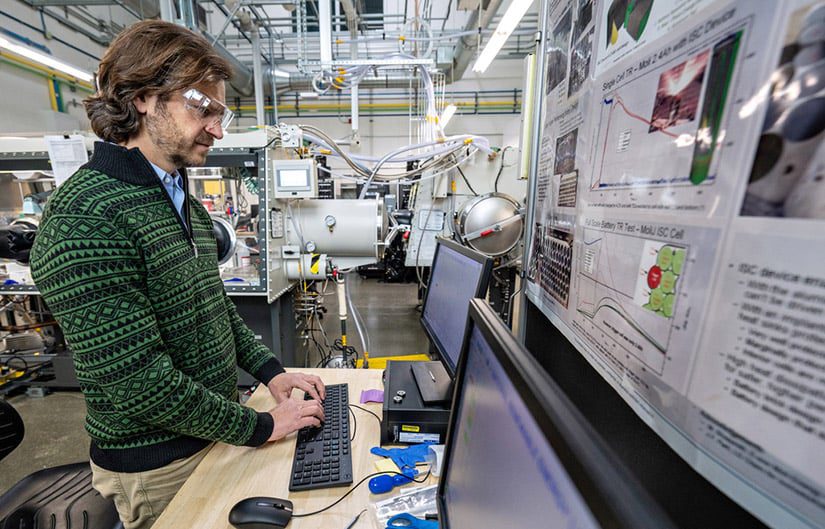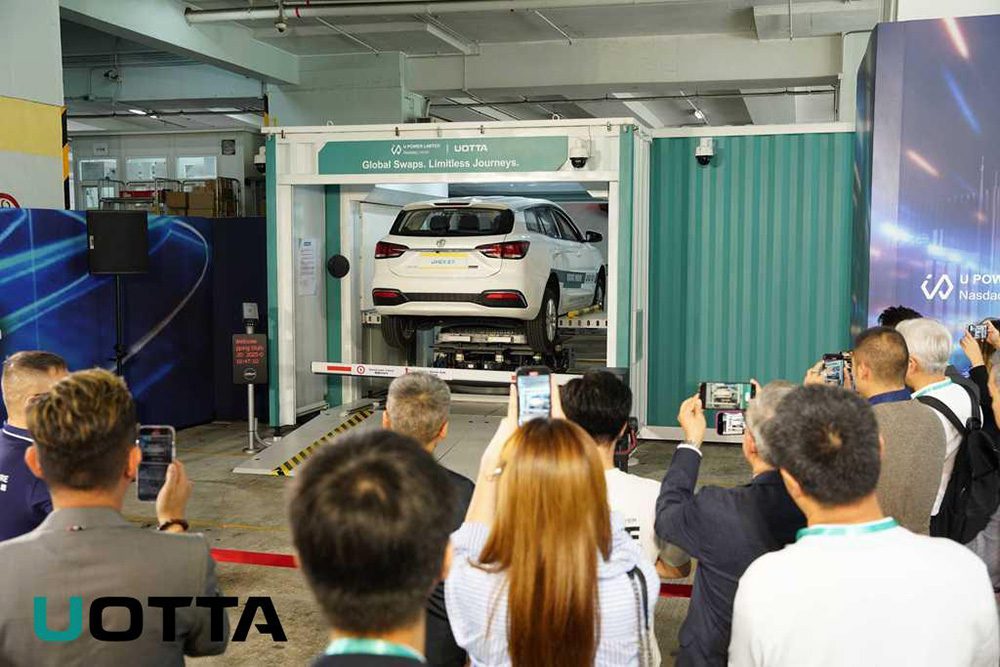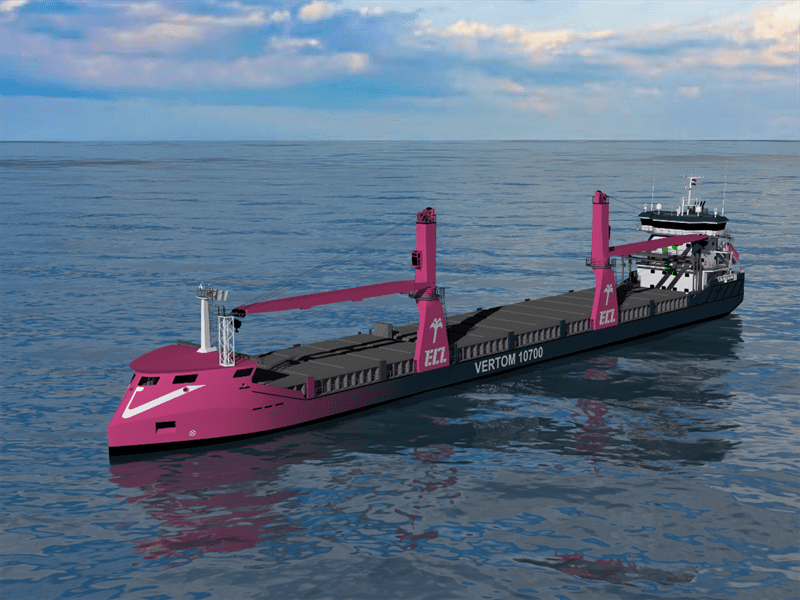Engineering consultancy Drive System Design (DSD) has partnered with software specialists Altair and FluiDyna to develop and enhance nanoFluidX, a computer modelling technique that is used to analyze lubrication flow.
DSD uses nanoFluidX to reduce drivetrain drag losses, which the company says represent the largest energy draw on the battery pack at speeds up to 50 mph – even greater than a vehicle’s aerodynamic drag.
“Bearing, gear and seal losses are well understood by the industry; the interaction between rotating components and the transmission lubricant, however, has been too complex to explore within a typical project time scale,” explained Matt Hole, DSD’s Head of Design Engineering. “Practical tests using transparent casings have some value, but it is difficult to visualise what is going on deep within the rotating components. The hardware lead times can also be prolonged; Finite Volume CFD (Computational Fluid Dynamics) analysis typically involves extensive run times, with each test point requiring several weeks’ computing just to generate a couple of seconds of real-time data.”
Working alongside Altair and FluiDyna, DSD says it has overcome these difficulties, enhancing the software to enable it to solve drag and fluid visualization problems in transmission applications. In a recent project, DSD used nanoFluidX to optimize an EV planetary transmission design.
“Using nanoFluidX enabled us to accurately visualise and analyse the behaviour of the transmission lubricant and its interaction with the rotating assemblies,” said Hole. “The improved understanding meant we could develop a highly optimised, passive lubrication system, iterating the design with specifically targeted improvements. In all, we reduced drag losses by almost 30 percent while maintaining satisfactory lubrication of all the transmission elements.”
“nanoFluidX offers a level of interaction with, and analysis of, the results that is not available with conventional testing, and those results can be achieved in a much shorter time frame than is possible with either physical testing or fixed-volume CFD approaches,” said Hole. “It means we can achieve a much higher level of design optimisation within the time scale of a typical customer program.”
Source: Market Engineering

















































































